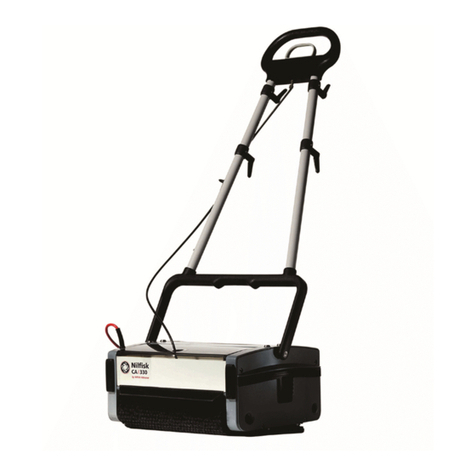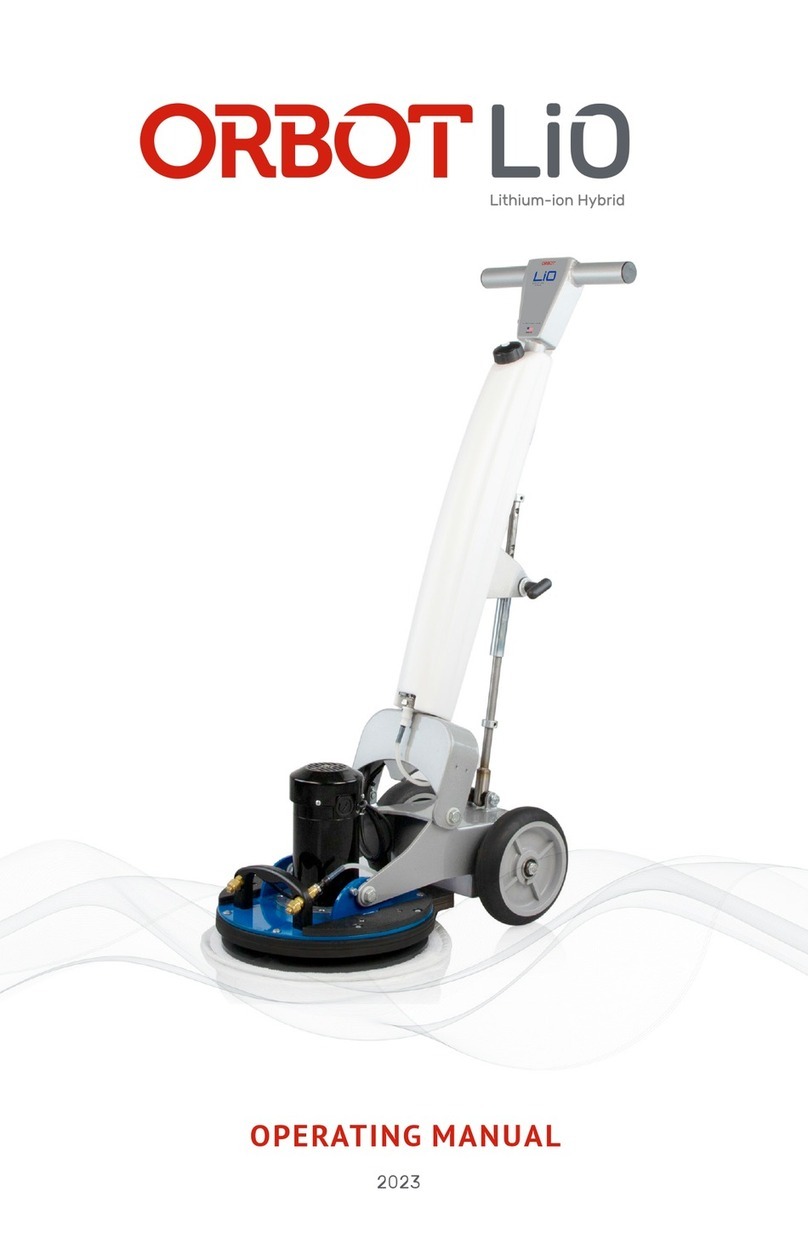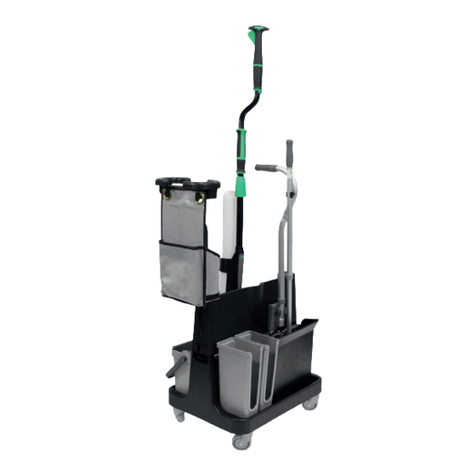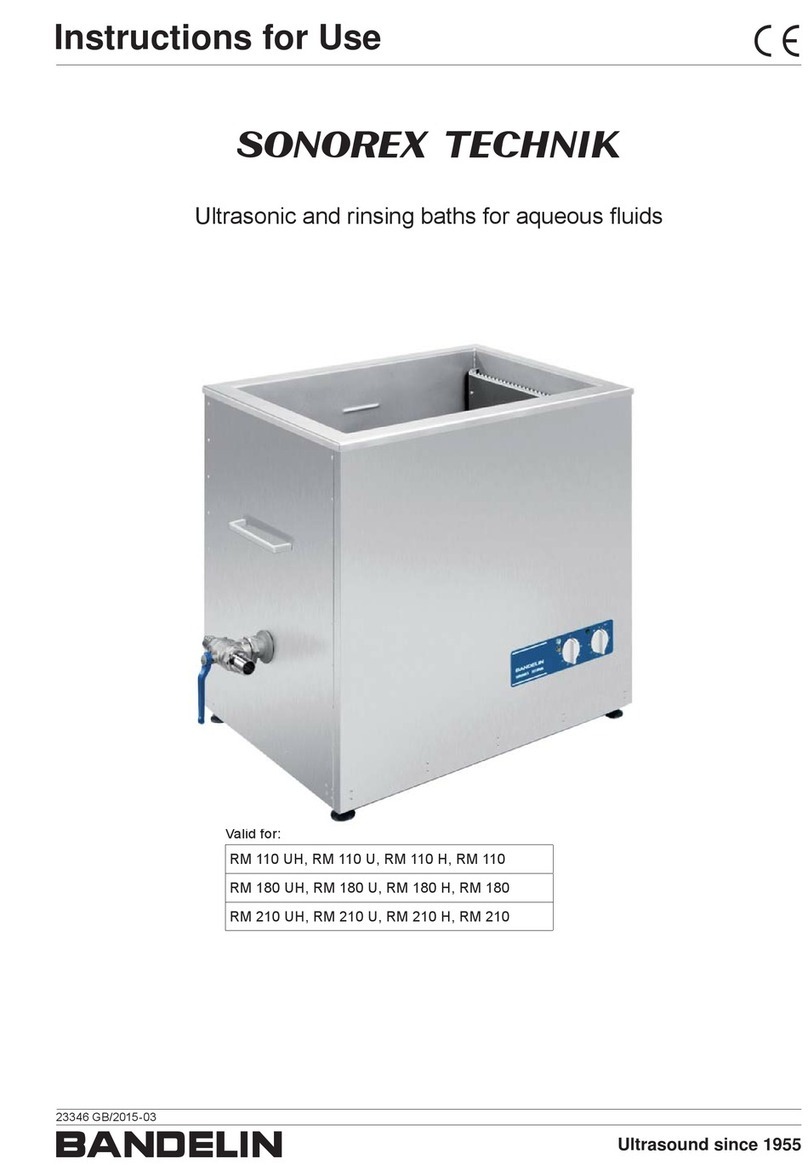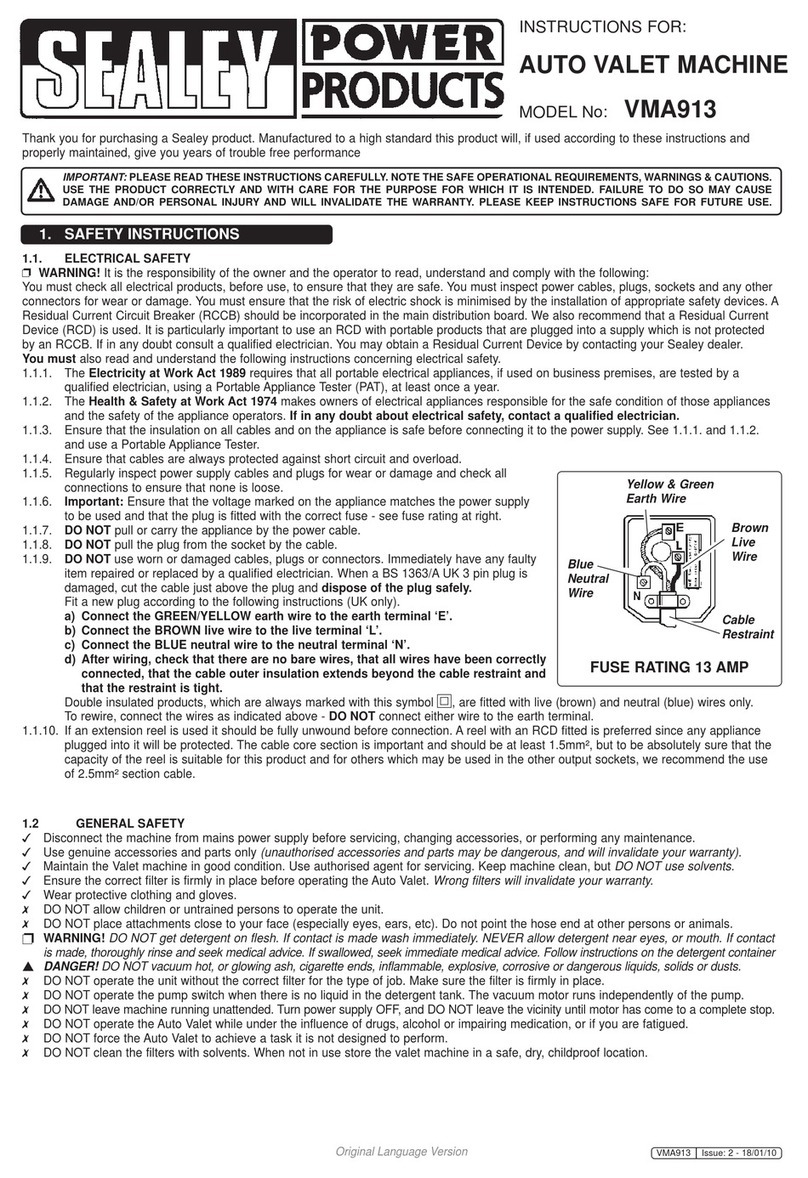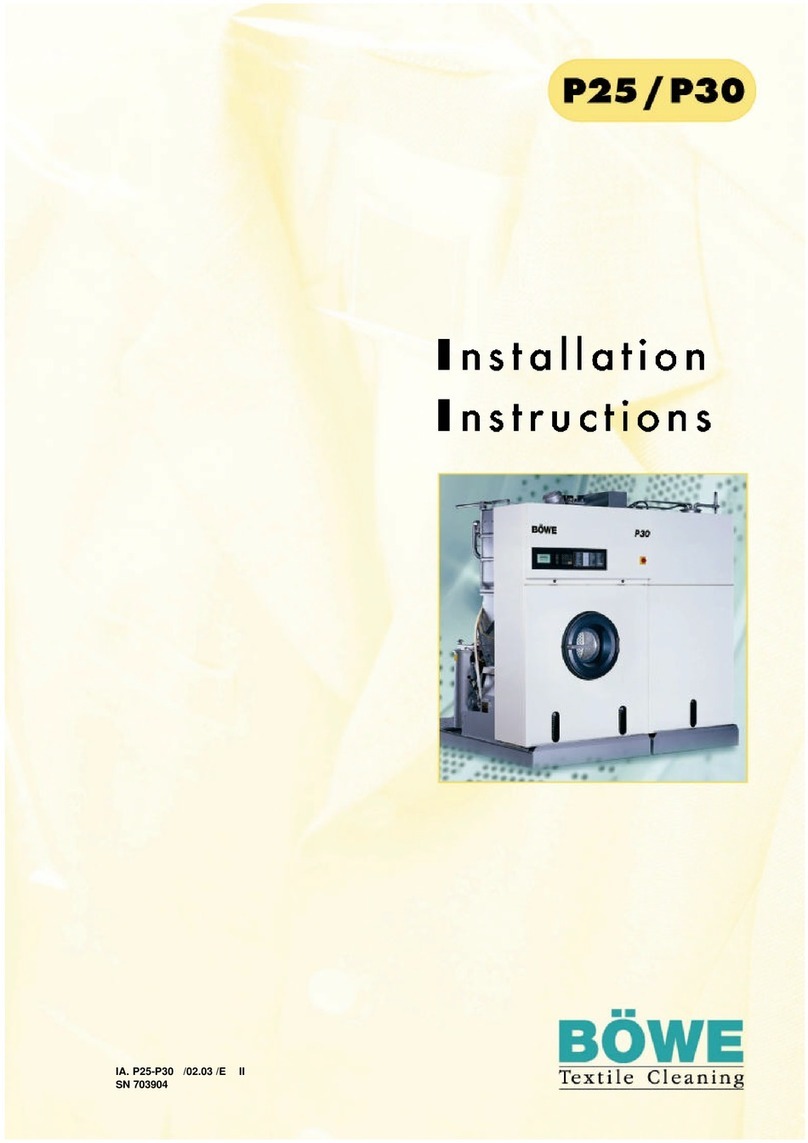Alfalaval GJ BB User manual
Other Alfalaval Cleaning Equipment manuals
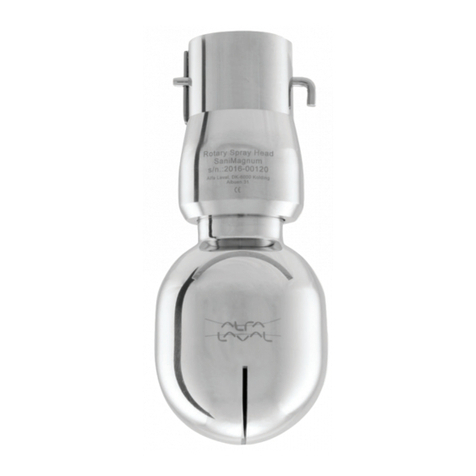
Alfalaval
Alfalaval SaniMagnum User manual

Alfalaval
Alfalaval Emmie User manual
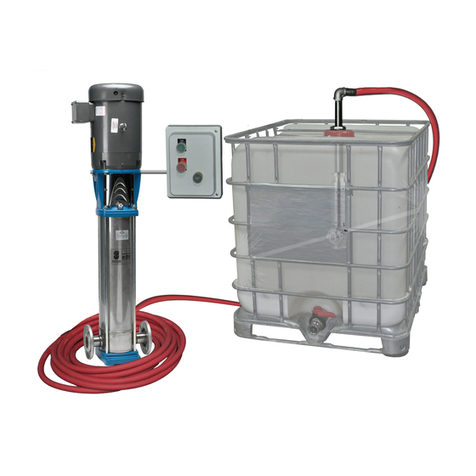
Alfalaval
Alfalaval GJ Tote Blast Station User manual
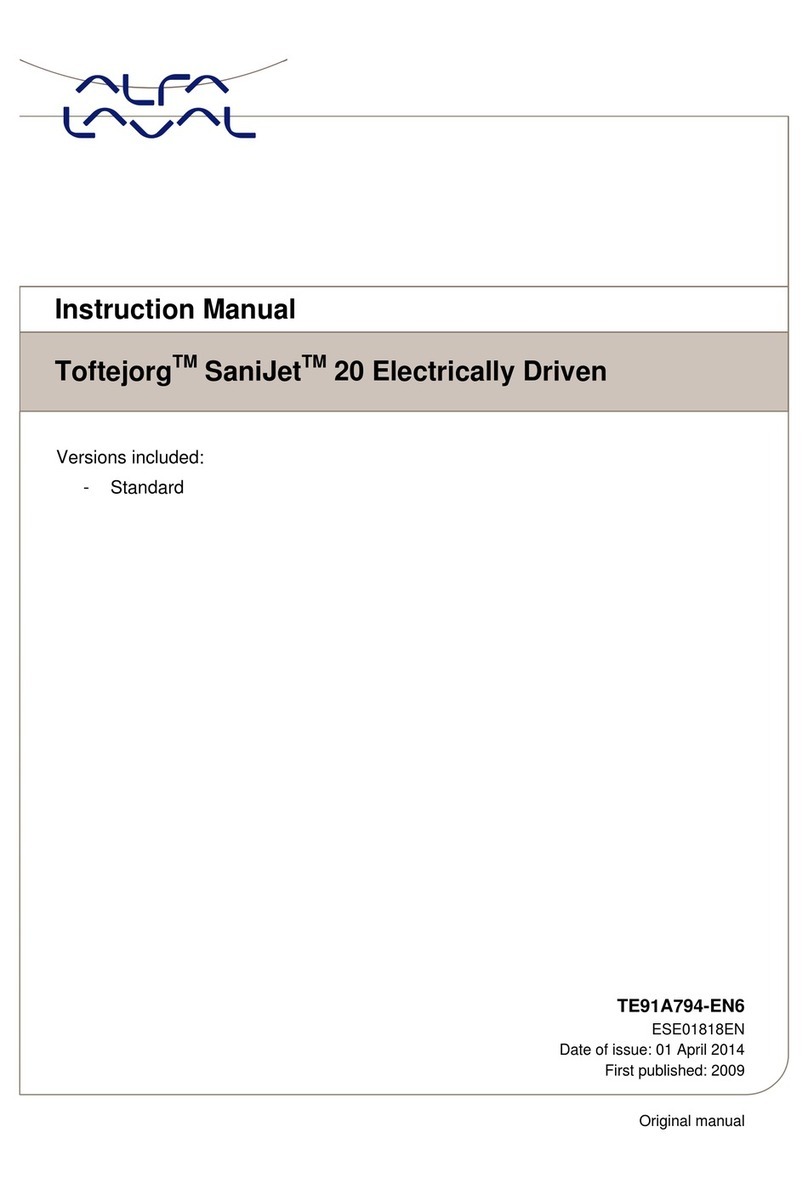
Alfalaval
Alfalaval Toftejorg SaniJet 20 User manual
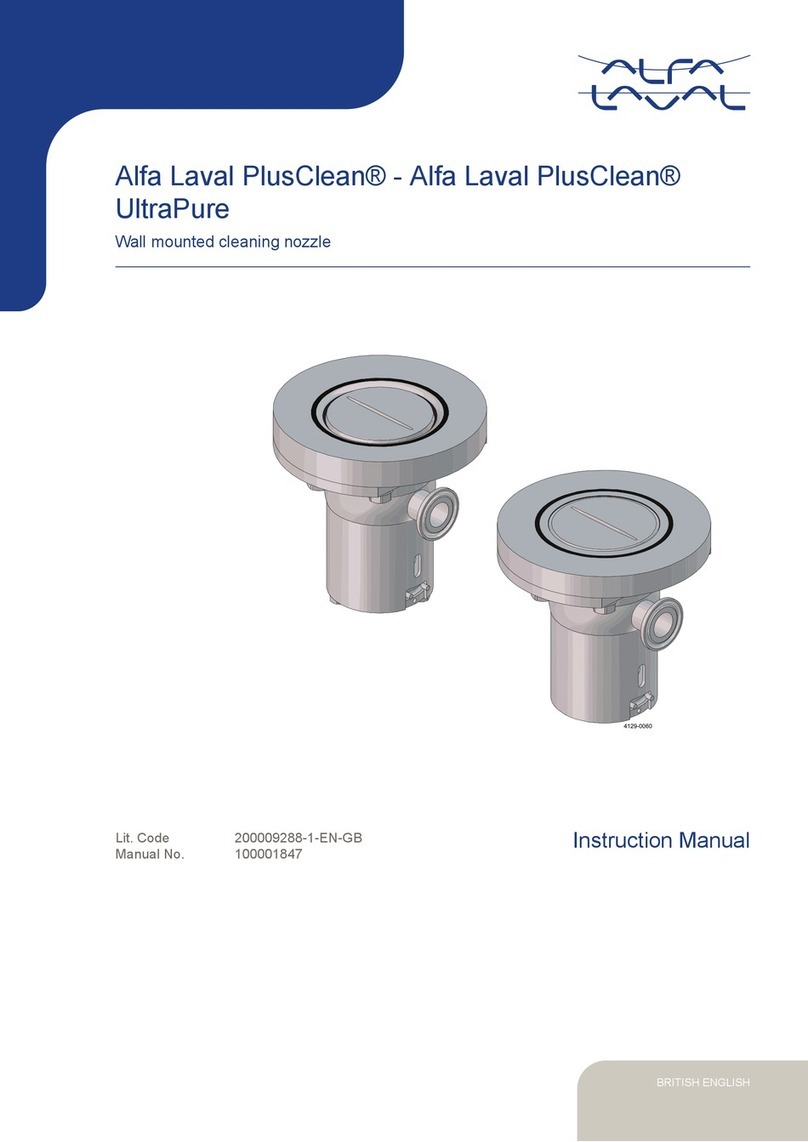
Alfalaval
Alfalaval PlusClean User manual
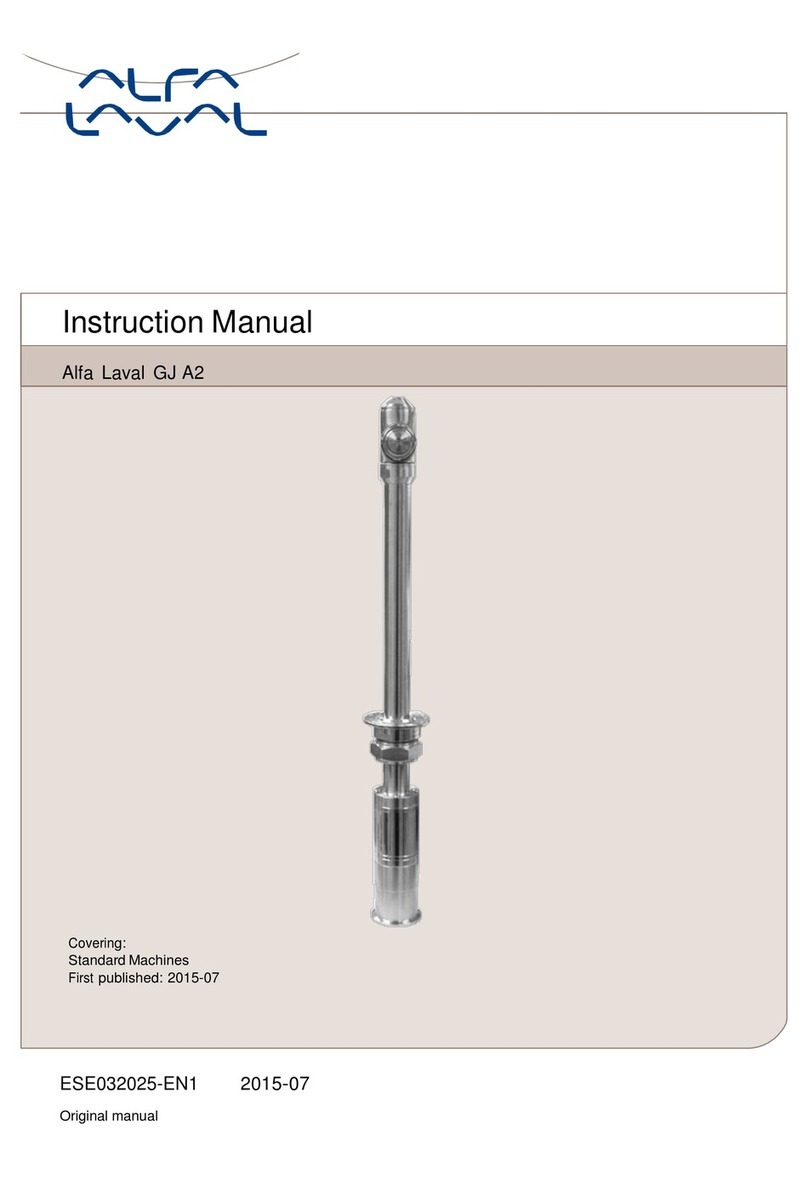
Alfalaval
Alfalaval GJ A2 User manual
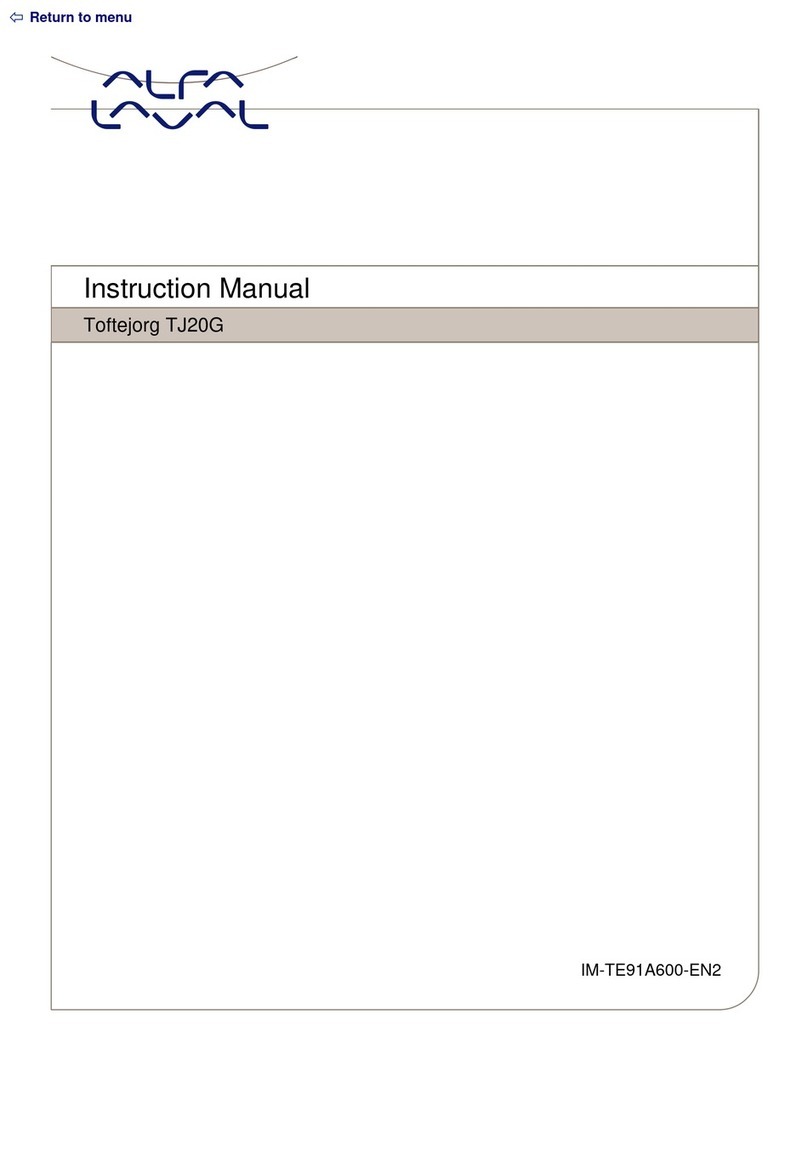
Alfalaval
Alfalaval Toftejorg TJ20G User manual
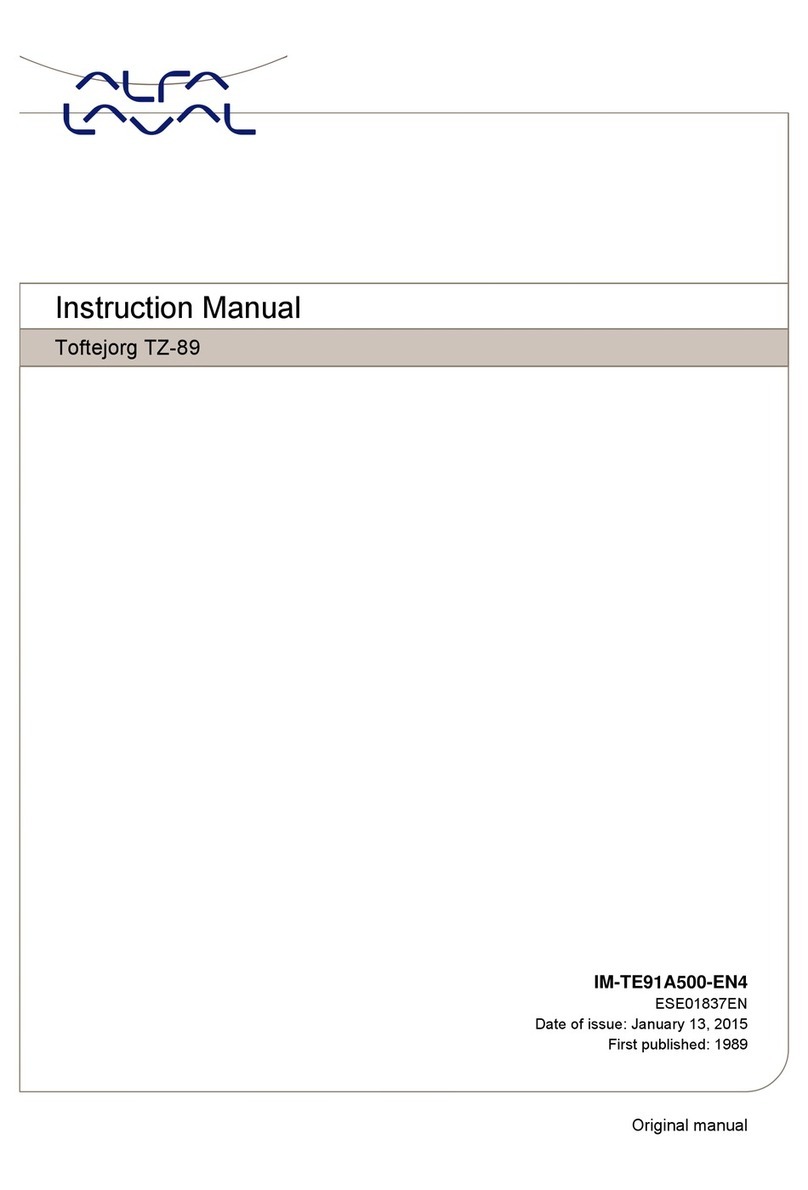
Alfalaval
Alfalaval Toftejorg TZ-89 User manual

Alfalaval
Alfalaval Emmie User manual

Alfalaval
Alfalaval GJ PF User manual
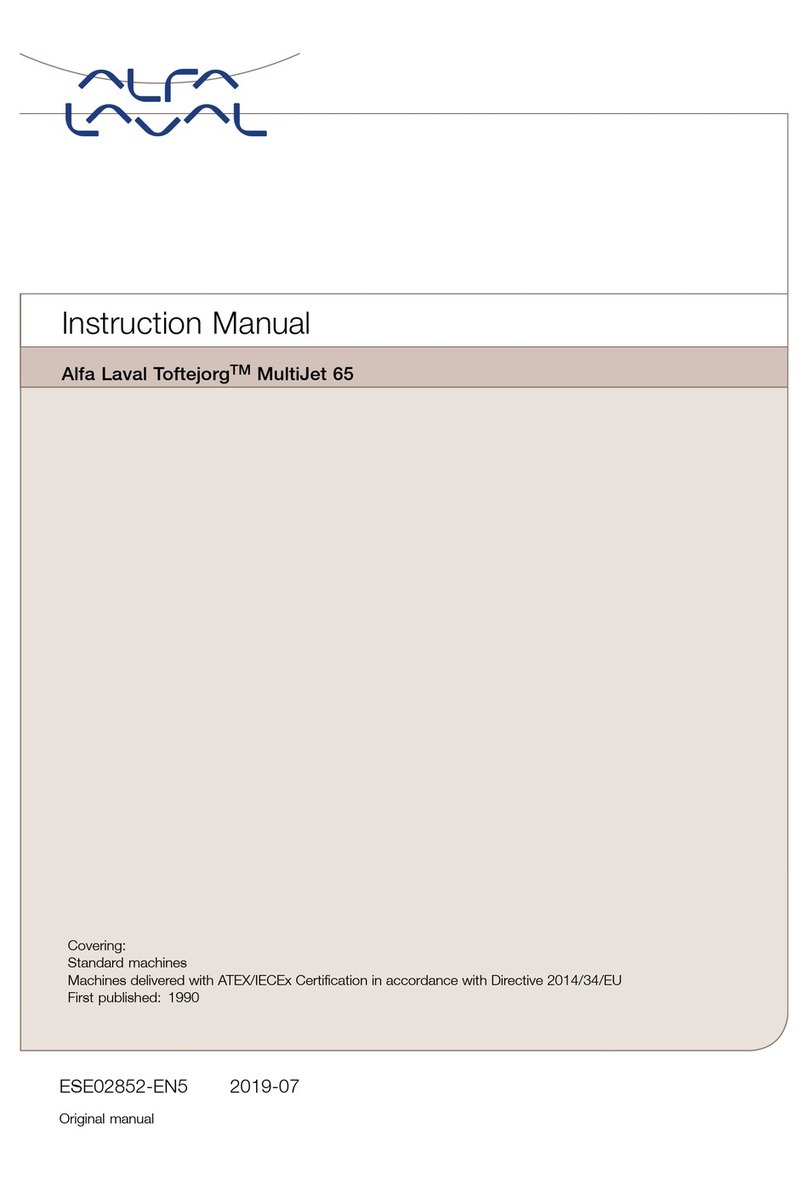
Alfalaval
Alfalaval Toftejorg MultiJet 65 User manual
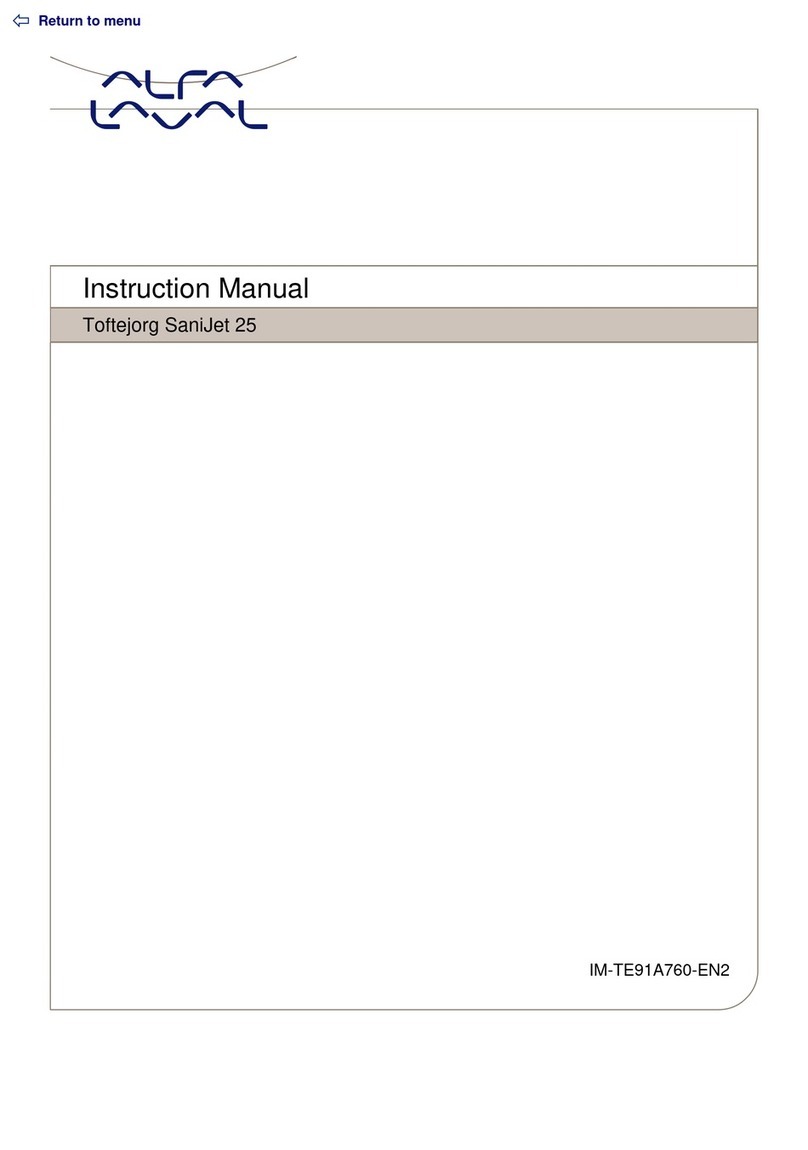
Alfalaval
Alfalaval Toftejorg SaniJet 25 User manual

Alfalaval
Alfalaval Toftejorg SaniMidget SB User manual
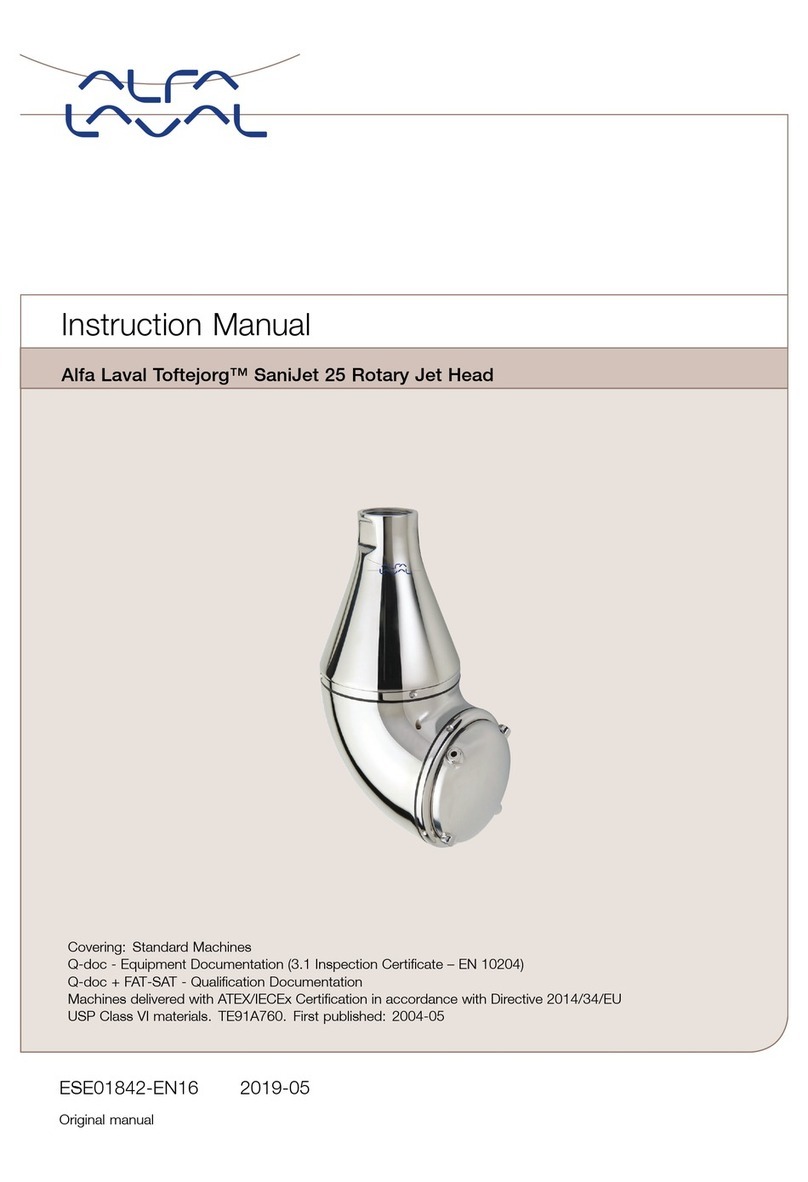
Alfalaval
Alfalaval Toftejorg SaniJet 25 Operation instructions

Alfalaval
Alfalaval Gunclean Toftejorg 270FT Mark 1 User manual

Alfalaval
Alfalaval Toftejorg SaniJet 20 User manual
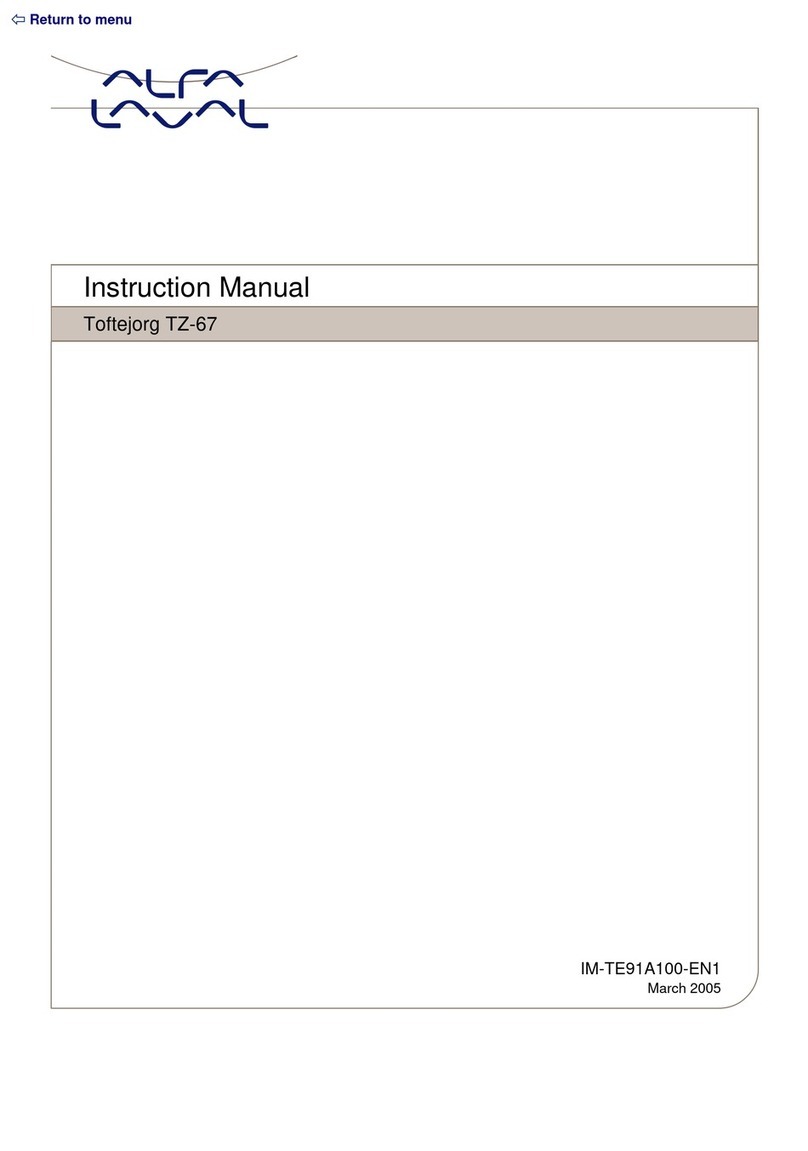
Alfalaval
Alfalaval Toftejorg User manual
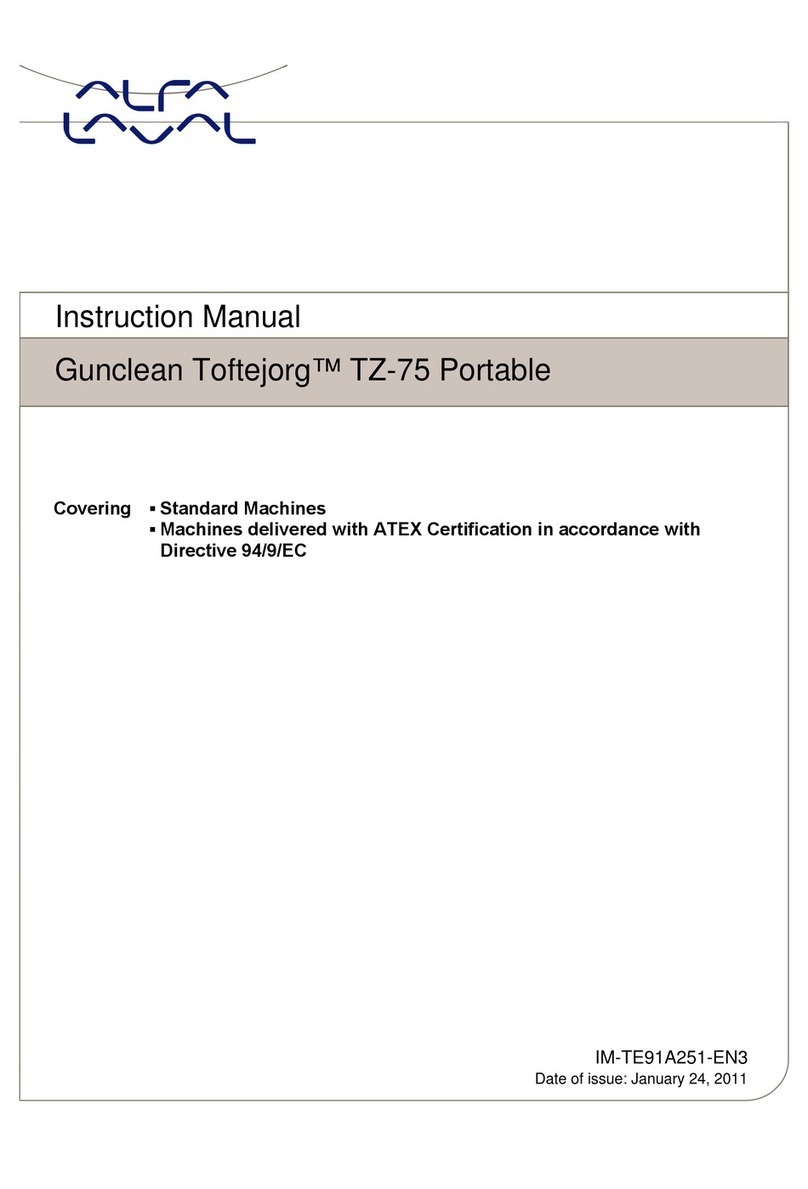
Alfalaval
Alfalaval Gunclean Toftejorg TZ-75 User manual
Popular Cleaning Equipment manuals by other brands
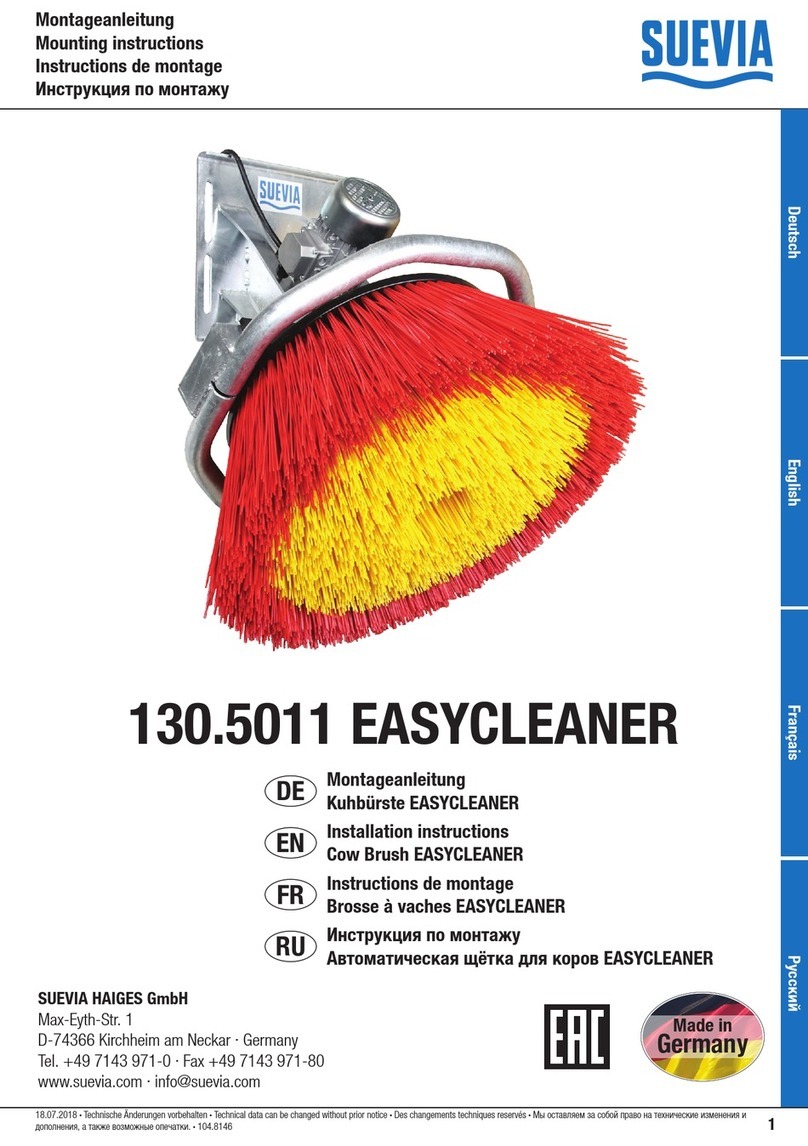
Suevia
Suevia 130.5011 EASYCLEANER Mounting instructions
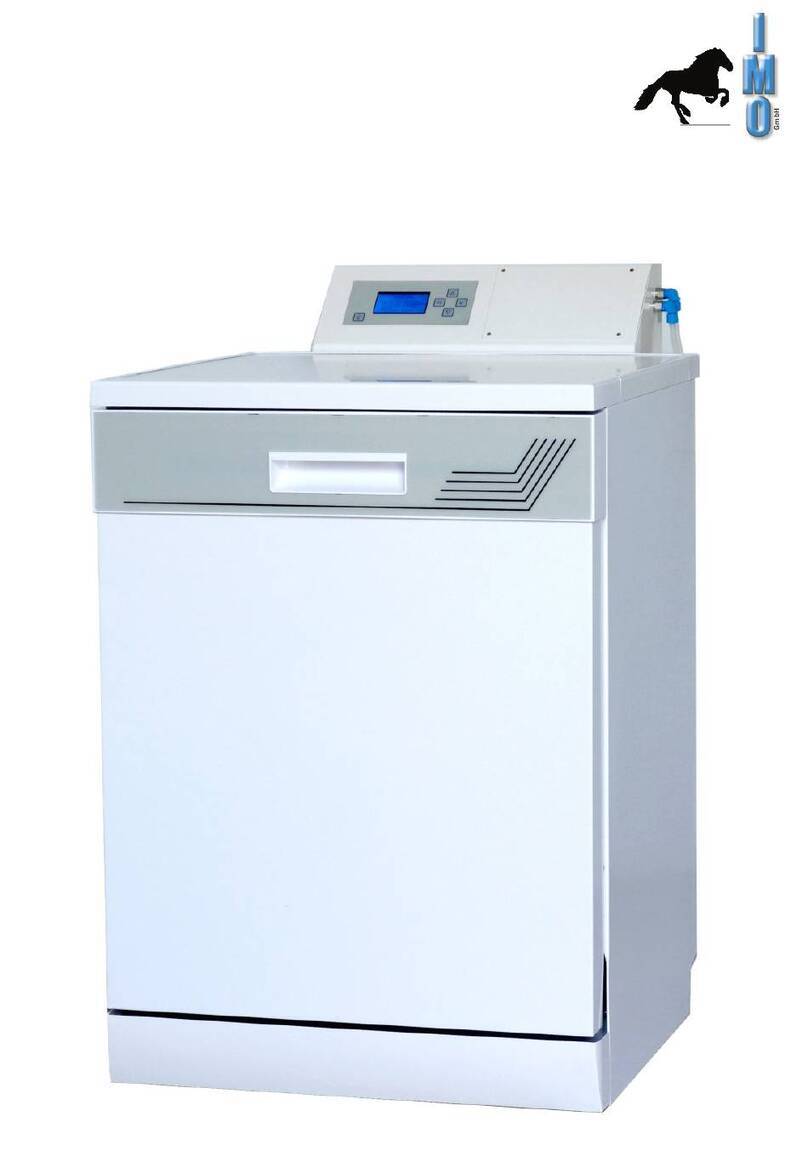
i-MO
i-MO Öko 2000 user guide

unGer
unGer Hydro Power Ultra UNP01 operating instructions

Black & Decker
Black & Decker BHPC130 Original instructions
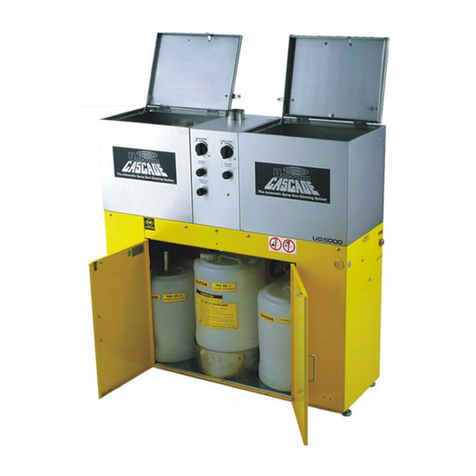
Uni-ram
Uni-ram UG5000E operating manual
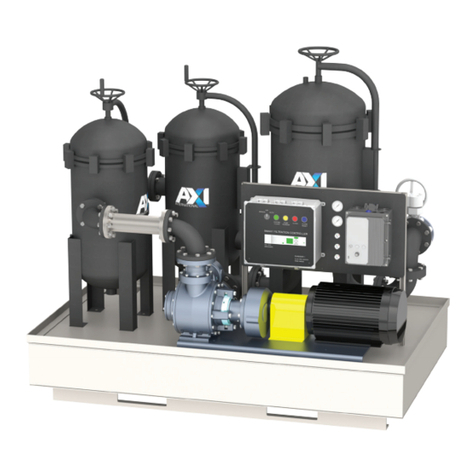
Axi
Axi MTC HC-300 Installation, operating and maintenance manual

